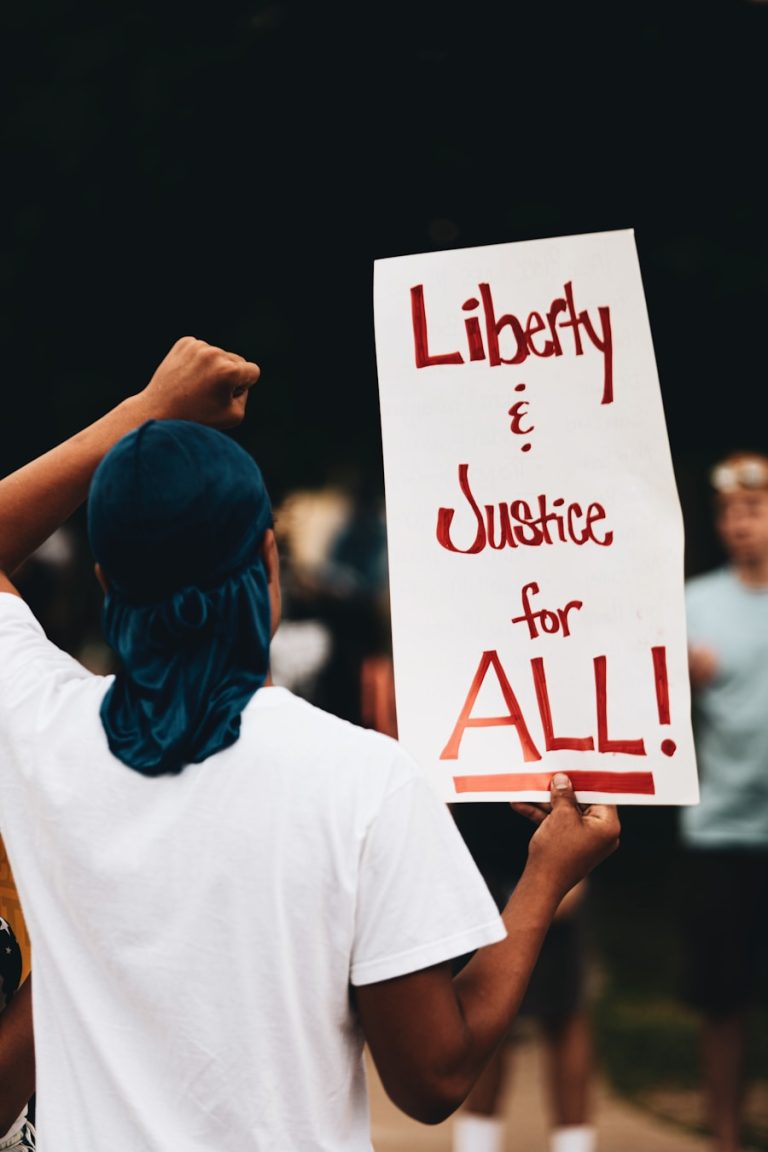
The United States Constitution stands as a monumental document in the annals of political history, serving as the foundational legal framework for the nation. Ratified in 1788, it established the principles of governance that have endured for over two centuries. The Constitution is not merely a set of rules; it embodies the aspirations and ideals of a diverse populace seeking liberty, justice, and the pursuit of happiness.
Its significance extends beyond American borders, influencing democratic movements and constitutional frameworks worldwide. At its core, the Constitution delineates the structure of government, enumerates the powers of various branches, and safeguards individual rights. It is a living document, designed to adapt to changing circumstances while remaining rooted in its original principles.
The Constitution’s preamble eloquently articulates its purpose: to form a more perfect union, establish justice, ensure domestic tranquility, provide for the common defense, promote the general welfare, and secure the blessings of liberty. This introduction sets the stage for understanding how the Constitution has shaped American governance and society.
Key Takeaways
- The US Constitution is the supreme law of the United States, outlining the structure of the government and the rights of its citizens.
- The Constitution was influenced by historical events such as the American Revolution and the Articles of Confederation, and was designed to create a more stable and unified government.
- Key principles and concepts of the Constitution include federalism, separation of powers, checks and balances, and individual rights.
- The structure of the US government is divided into three branches: the legislative, executive, and judicial, each with its own powers and responsibilities.
- The Bill of Rights, the first ten amendments to the Constitution, guarantees individual freedoms such as freedom of speech, religion, and the right to a fair trial.
Historical Background and Context
The historical context surrounding the drafting of the Constitution is essential for grasping its significance. Following the American Revolution, the newly independent states faced numerous challenges, including economic instability, interstate disputes, and a lack of centralized authority. The Articles of Confederation, which served as the first governing document, proved inadequate in addressing these issues.
The weaknesses of this framework became apparent as states operated more like independent nations than a cohesive union, leading to calls for reform. In 1787, delegates from twelve states convened in Philadelphia for the Constitutional Convention, where they sought to create a stronger federal government while balancing the rights of individual states. The debates were intense and often contentious, reflecting deep-seated fears about tyranny and the concentration of power.
Figures such as James Madison, Alexander Hamilton, and George Washington played pivotal roles in shaping the document that would emerge from these discussions. Their vision was informed by Enlightenment ideals and a desire to create a system that would endure through time.
Key Principles and Concepts

The Constitution is built upon several key principles that have become cornerstones of American democracy. Among these are popular sovereignty, separation of powers, checks and balances, and federalism. Popular sovereignty asserts that the authority of government derives from the consent of the governed, emphasizing that power ultimately resides with the people.
This principle is reflected in the electoral processes that allow citizens to choose their representatives. Separation of powers is another fundamental concept embedded in the Constitution. It divides government responsibilities among three branches: the legislative, executive, and judicial.
Each branch has distinct functions and powers, ensuring that no single entity can dominate the political landscape. This division is complemented by a system of checks and balances, which allows each branch to monitor and limit the powers of the others. For instance, while Congress has the power to make laws, the President can veto legislation, and the judiciary can interpret laws to ensure they align with constitutional principles.
Structure and Function of the Government
| Aspect | Metric |
|---|---|
| Government Structure | Unitary or Federal |
| Legislative Branch | Number of Members |
| Executive Branch | Head of State |
| Judicial Branch | Supreme Court Justices |
| Government Functions | Law Making Process |
The structure of the U.S. government is meticulously outlined in the Constitution, establishing a framework that has been both resilient and adaptable. The legislative branch, embodied by Congress, consists of two chambers: the House of Representatives and the Senate.
The House is designed to represent the population directly, with members elected every two years, while the Senate provides equal representation for states, with each state having two senators serving six-year terms. This bicameral system was a compromise between those favoring population-based representation and those advocating for state sovereignty. The executive branch is headed by the President, who serves as both the head of state and government.
The President’s powers include enforcing laws, conducting foreign policy, and serving as commander-in-chief of the armed forces. The role of the executive has evolved over time, with presidents often expanding their influence through executive orders and national emergencies. Meanwhile, the judicial branch interprets laws and ensures their constitutionality through a system of federal courts culminating in the Supreme Court.
This structure not only delineates responsibilities but also fosters a dynamic interplay among branches that is essential for effective governance.
Amendments and Bill of Rights
One of the most significant aspects of the Constitution is its ability to be amended. The framers recognized that societal changes might necessitate adjustments to their original framework. The amendment process is deliberately rigorous; it requires either a two-thirds majority in both houses of Congress or a convention called by two-thirds of state legislatures for proposal, followed by ratification from three-fourths of state legislatures or conventions.
The Bill of Rights, comprising the first ten amendments ratified in 1791, was introduced to address concerns about individual liberties and limit government overreach.
The inclusion of these rights was crucial in securing support for ratification from skeptics who feared that a strong federal government might infringe upon personal freedoms. Over time, additional amendments have been added to address issues such as voting rights and civil liberties, reflecting evolving societal values.
Interpretation and Judicial Review

The interpretation of the Constitution has been a subject of ongoing debate since its inception. The framers intentionally left certain provisions open to interpretation, allowing for flexibility in application across different contexts. This ambiguity has led to various judicial philosophies regarding constitutional interpretation—most notably originalism versus living constitutionalism.
Originalists argue that interpretation should adhere closely to the framers’ intent and historical context, while proponents of living constitutionalism advocate for a more dynamic approach that considers contemporary societal needs. Judicial review emerged as a critical mechanism for interpreting constitutional provisions and ensuring adherence to them. Established by the landmark Supreme Court case Marbury Madison in 1803, judicial review empowers courts to invalidate laws or executive actions deemed unconstitutional.
This power has been instrumental in shaping American law and protecting individual rights against potential government encroachments. Landmark cases such as Brown Board of Education and Roe Wade illustrate how judicial review can effect profound social change by interpreting constitutional principles in light of evolving societal norms.
Impact and Influence on American Society
The impact of the Constitution on American society cannot be overstated; it has shaped not only governance but also cultural identity and civic engagement. The principles enshrined within it have fostered a sense of unity among diverse populations while simultaneously allowing for regional differences through federalism. The Constitution has provided a framework for civil rights movements throughout history as marginalized groups have invoked its principles to advocate for equality and justice.
Moreover, the Constitution has influenced global democratic movements by serving as a model for other nations seeking to establish their own governing frameworks. Its emphasis on individual rights and checks on governmental power resonates with those striving for freedom from oppression worldwide. Countries emerging from authoritarian rule often look to constitutional democracy as a pathway toward stability and prosperity.
Challenges and Controversies
Despite its enduring legacy, the Constitution has faced numerous challenges and controversies throughout its history. Debates over states’ rights versus federal authority have persisted since its ratification, often manifesting in significant events such as the Civil War and ongoing discussions about healthcare, education policy, and environmental regulations today. These tensions highlight the complexities inherent in balancing local autonomy with national interests.
Additionally, contemporary issues such as campaign finance reform, gun control, and immigration policy raise questions about how well the Constitution addresses modern challenges. The interpretation of certain amendments—particularly those related to free speech and gun rights—has sparked heated debates among lawmakers and citizens alike. As society evolves, so too does the discourse surrounding constitutional interpretation and application, underscoring that while the Constitution remains a foundational document, its relevance continues to be tested in an ever-changing world.
In conclusion, while this exploration does not encapsulate every nuance or detail surrounding the U.S. Constitution’s history or impact, it highlights its significance as a living document that reflects both enduring principles and contemporary challenges within American society.
If you are interested in learning more about the Constitution of the United States of America and how it relates to the media, you may want to check out the article Is Mass Media Fair and Impartial in the USA?. This article discusses the role of the media in shaping public opinion and how it can impact the interpretation and implementation of constitutional principles. It provides valuable insights into the importance of a free and unbiased press in upholding the values enshrined in the Constitution.
FAQs
What is the Constitution of the United States of America?
The Constitution of the United States of America is the supreme law of the country. It was adopted on September 17, 1787, and it outlines the framework for the federal government, as well as the rights and freedoms of the American people.
What is the purpose of the Constitution?
The Constitution serves as the foundation for the United States government and provides a system of checks and balances to ensure no single branch has too much power. It also guarantees certain rights and freedoms to the American people.
What are the main components of the Constitution?
The Constitution is divided into a preamble and seven articles. The articles outline the powers and responsibilities of the three branches of government (legislative, executive, and judicial) and the relationship between the federal government and the states.
How is the Constitution amended?
The Constitution can be amended through a process outlined in Article V. This process requires either two-thirds of both the House of Representatives and the Senate to propose an amendment, or a constitutional convention called for by two-thirds of state legislatures. The amendment must then be ratified by three-fourths of the states.
What rights are guaranteed by the Constitution?
The Constitution includes the Bill of Rights, which guarantees fundamental rights and freedoms such as freedom of speech, religion, and the press, the right to bear arms, and protection against unreasonable searches and seizures. It also includes protections for due process and equal protection under the law.






